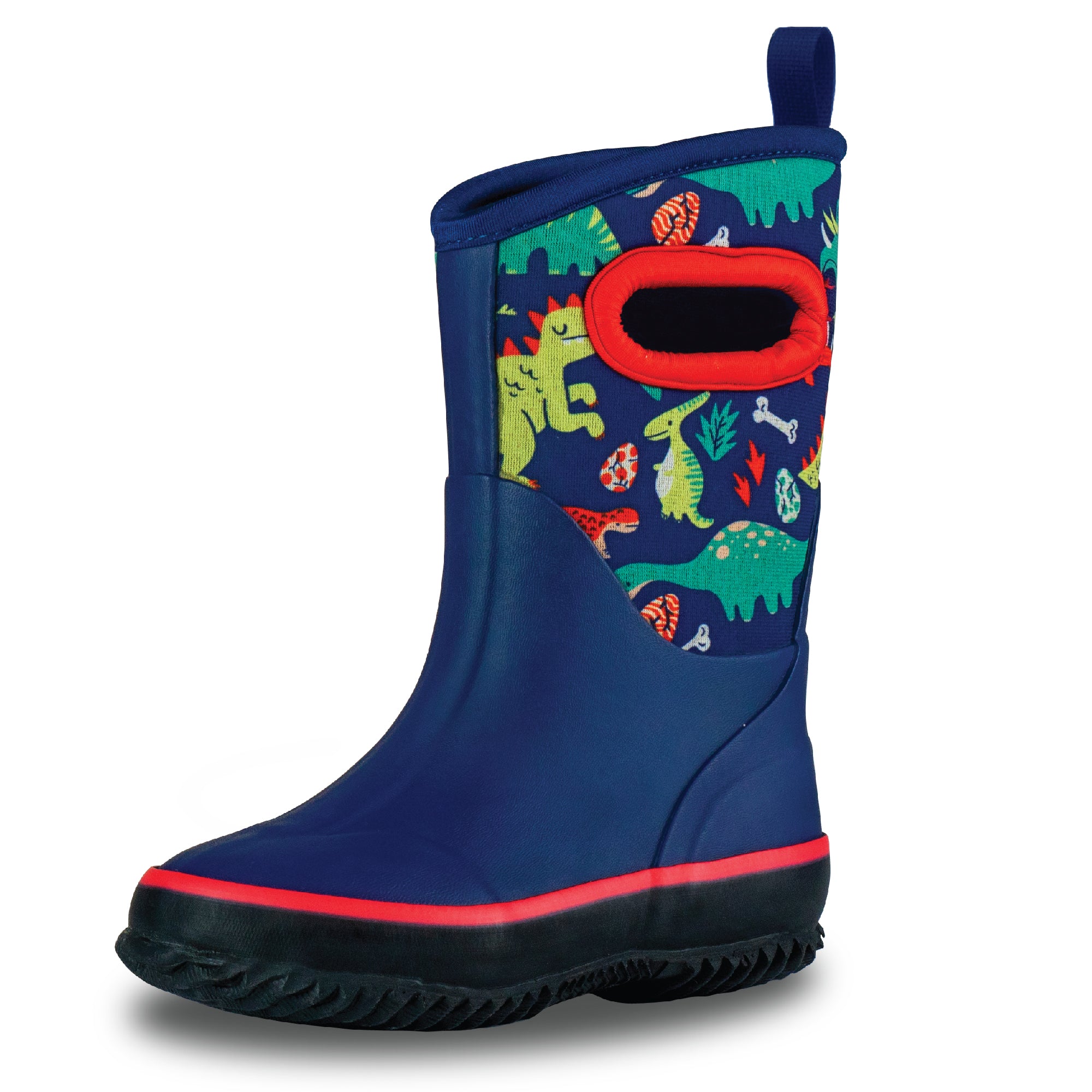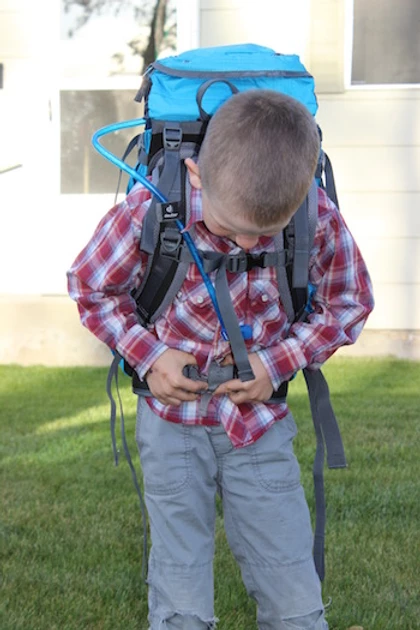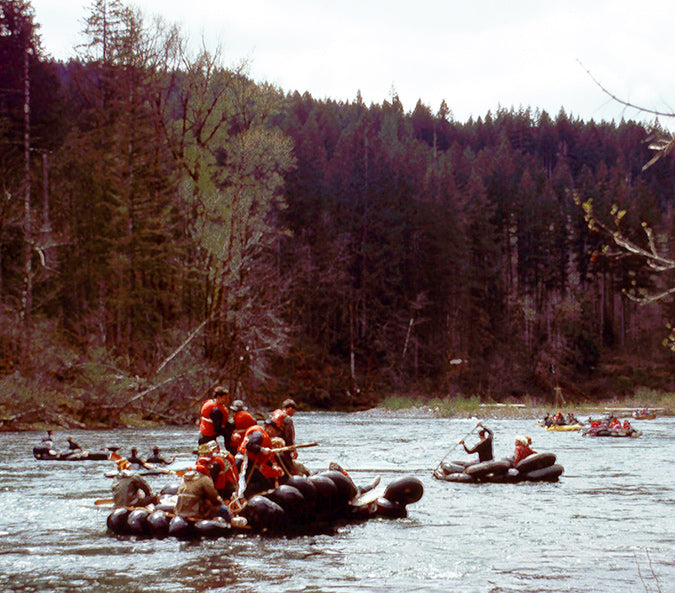Writing about this topic has me really excited about the backpacking season and getting my kids out in the wild. It also has me dreading it at the same time. Here are some tips for packing their bag that will help make your outdoor adventures as enjoyable as possible.
As a general rule of thumb, a person should aim to carry about 20-25% or less of their weight when backpacking. We can assume the same is true for kids, but let’s stay on the conservative side and try to keep it under 20%. That means a typical 4 year old can start carrying their own stuff! Yes!
Average 4-5 year old - can carry their sleeping bag/pad ~5-8 lbs (includes pack)
Average 6-7 year old – can carry their sleeping bag/pad plus water ~8-11 lbs (includes pack. Here's a good one for this age group)
Average 8-10 year old – can carry their bag/pad, water, clothes, and little accessories 10-15 lbs (includes pack)
Average 10+ year old - can carry all their gear for overnight and can probably help out carrying a couple freeze dried meals. (Here's a good pack for 8-11 year olds)
Here’s my list of the 5 things your kid should be carrying in their backpacking pack:
SLEEPING BAG/PAD - 2-3 LBS/1-2 LB
This is the most bulky item your kid will need, but incredibly light for how much space it takes up. You could easily stuff their sleeping bag into their backpack and hear few complaints about carrying it.

WATER - 3.25 LBS - A SMALL 50 FL OZ CAMELBACK BLADDER WEIGHS IN AT 3.25 LBS WHEN FULL
I choose to make my kids carry their own water on day hikes. They love having access to their own hydration system and the more accessible their water is the more likely they are to stay hydrated, which is very important when you’re in the outdoors. Several companies offer a small hydration bladder made for kids (look for biking styles too as they tend to be smaller) and most kid backpacking packs include a pouch and clip system that are compatible with several brands of hydration bladders. If they complain about the weight they're carrying, suggest they drink more water to lighten their load!
EATING UTENSILS - 5 OZ FOR A BOWL AND FORK/SPOON COMBO
A fork/spoon combo weighs about .3 oz and could even just be a plastic disposable spoon and fork. I suggest packing an extra in your adult pack in case they misplace theirs. A small kid’s plastic bowl from your own home is sufficient for a child.
HEADLAMP - 0.2 OZ
Everyone in your camp should have their own light source with fully-charged batteries. Growing up, nothing was more frustrating (besides being the only girl and not being able to stand up peeing like my brothers) than not having my own flashlight. Not being able to control the direction of light after dark makes for grumpy/nervous children. A headlamp is a great option because it keeps their hands free as they get settled in the tent and into their sleeping bag. It also makes for easier nighttime bathroom trips. Even if you have a light, they will feel safer if they can control the direction of light.
CLOTHES – 1-2 LBS
An overnight trip should only require at most a full change of clothes. My children don’t mind being dirty so a change of underwear and socks are usually enough for them. A long-sleeved shirt is a good idea for layering and for sleeping. We like to pack fleece pants for pajamas. If your kids head out in shorts, make sure you’ve got a pair of pants packed.
DISCLAIMER:
Be prepared for the fact that you may end up carrying most, if not all, of your child’s gear. Plan accordingly. Personally, I leave the extra 10L space at the top of my Deuter 65 + 10 SL pack free just in case and I don’t bring ANY non-essentials for myself…except the flask, the flask is essential.




